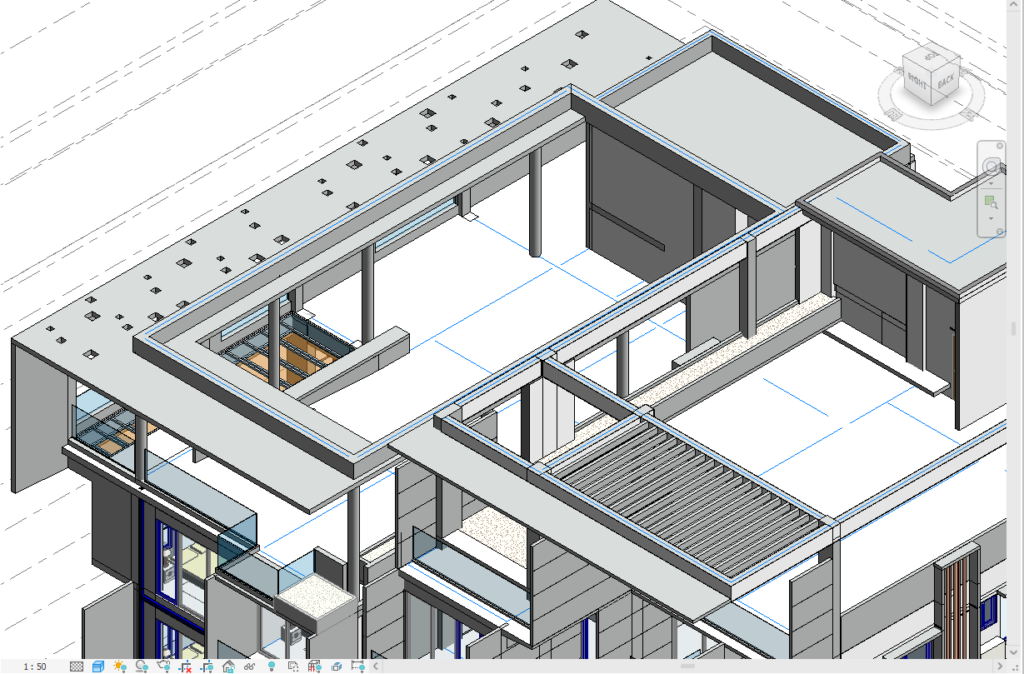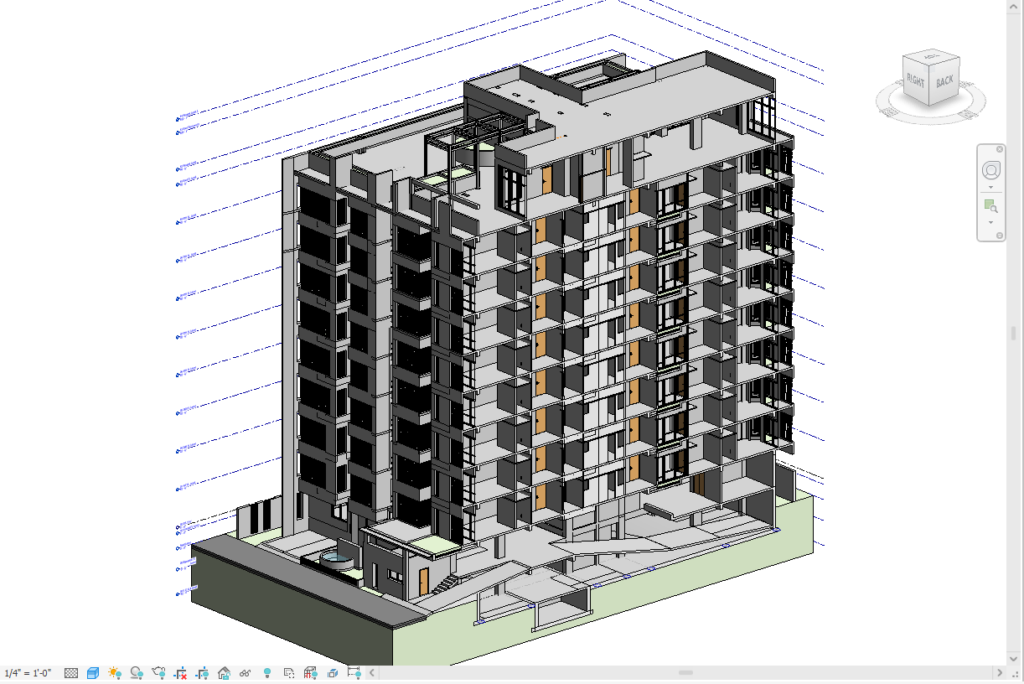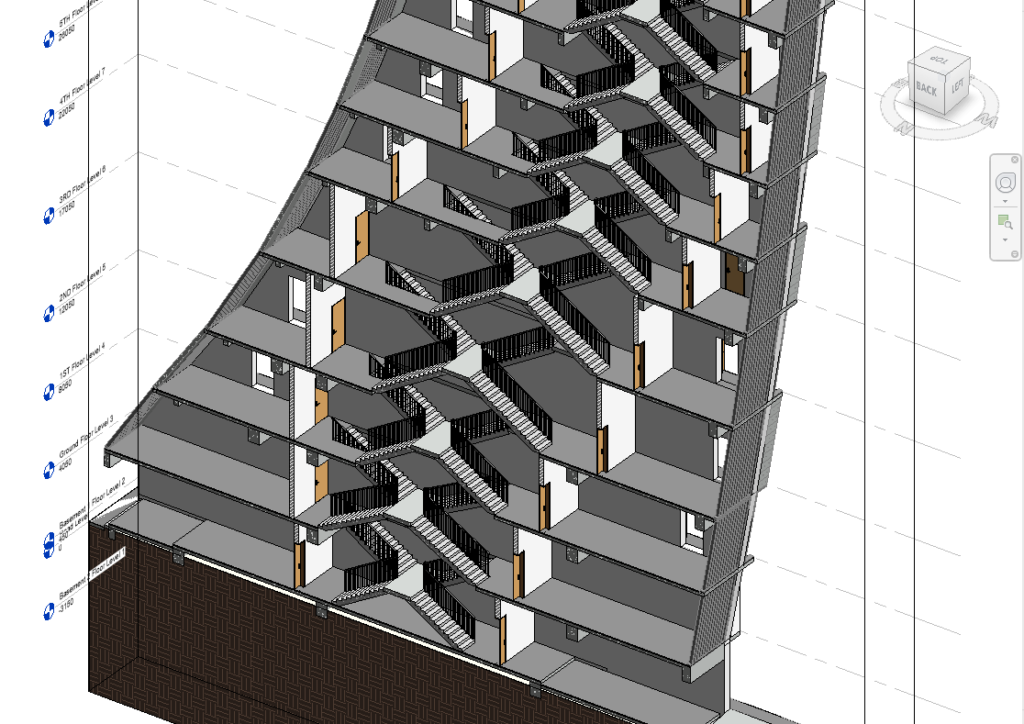“Explore the future of Building Information Modeling (BIM) with emerging trends and innovations in Revit Architecture. Stay ahead of the curve in the architectural industry.”

Introduction
Building Information Modeling (BIM) is revolutionizing the architectural, engineering, and construction industries. Revit Architecture is at the forefront of this transformation, continuously evolving to meet the demands of modern design and construction. In this article, we’ll explore the latest trends and innovations in Revit, highlighting how they are shaping the future of BIM.
1. Cloud Collaboration
Cloud-based collaboration tools, like BIM 360, are becoming integral to project workflows. These tools enable real-time collaboration, file sharing, and project management, enhancing team productivity and communication.
2. Enhanced Visualization
Advanced visualization tools, including virtual reality (VR) and augmented reality (AR), are transforming how architects present and communicate their designs. Revit’s integration with VR and AR platforms allows for immersive project experiences.
3. Generative Design
Generative design leverages algorithms to explore design options and optimize solutions based on specific criteria. Revit’s integration with tools like Dynamo enables architects to harness the power of generative design for innovative and efficient solutions.
4. Sustainable Design
Sustainability is a critical focus in modern architecture. Revit’s advanced analytical tools help architects evaluate energy performance, daylighting, and material impacts, promoting environmentally responsible design.
5. Modular and Prefabricated Construction
Modular and prefabricated construction methods are gaining popularity for their efficiency and cost-effectiveness. Revit supports these approaches by enabling precise modeling and coordination of prefabricated components.
6. Data-Driven Design
Data analytics and machine learning are increasingly influencing architectural design. Revit’s ability to manage and analyze vast amounts of project data allows architects to make informed decisions and improve project outcomes.
7. Interoperability
Interoperability between different software platforms is essential for seamless project execution. Revit’s compatibility with various industry-standard formats ensures smooth data exchange and collaboration across disciplines.
8. Automation and Robotics
Automation and robotics are revolutionizing construction processes. Revit’s integration with robotic fabrication tools enables precise and efficient construction, reducing errors and enhancing productivity.
9. Digital Twins
Digital twins are virtual replicas of physical assets, used for monitoring and managing building performance. Revit’s ability to create detailed and accurate digital twins supports the lifecycle management of buildings and infrastructure.
10. Continuous Learning and Adaptation
The architectural industry is constantly evolving, and staying updated with the latest Revit advancements is crucial. Continuous learning through webinars, workshops, and user communities ensures that architects remain at the cutting edge of technology.
Conclusion
The future of BIM and Revit Architecture is marked by exciting trends and innovations that are reshaping the industry. By embracing these advancements, architects and designers can enhance their workflows, improve project outcomes, and stay ahead of the curve in the ever-evolving world of architecture.


